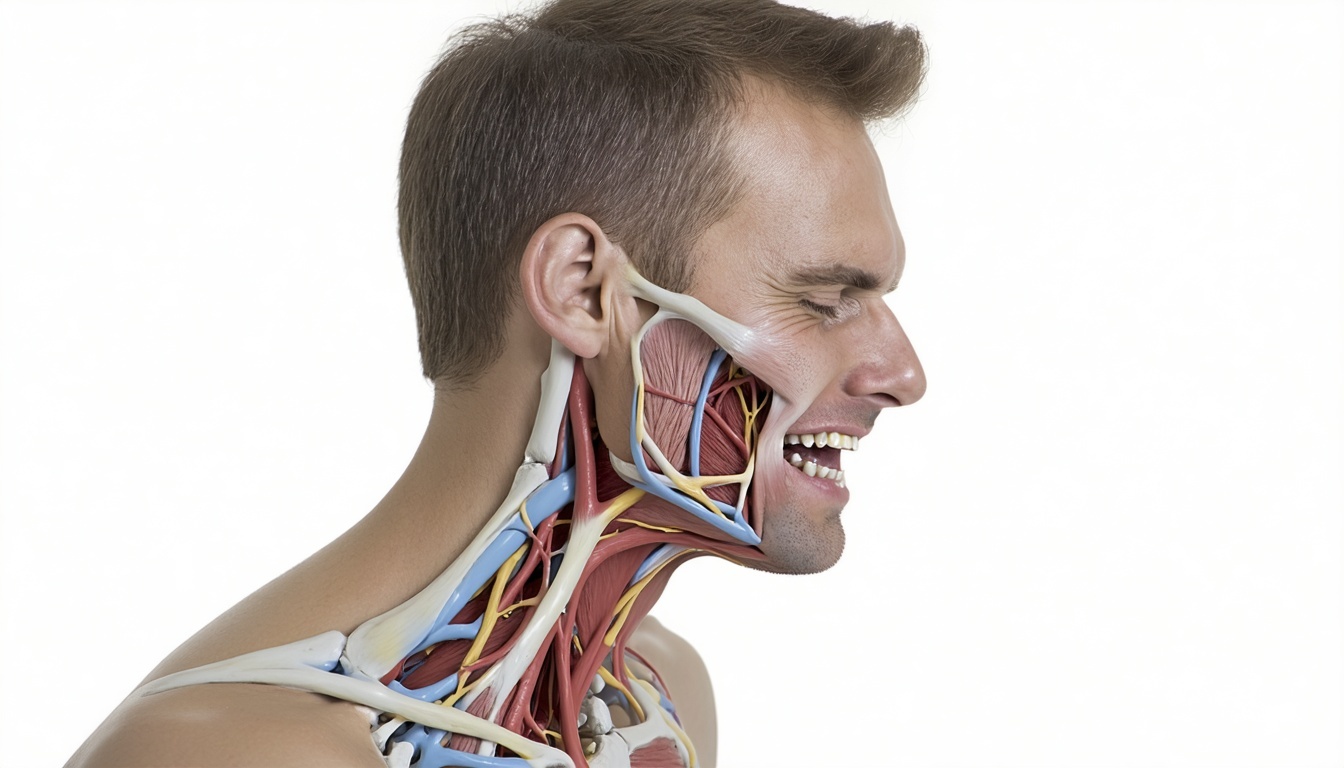Understanding Trigeminal Neuralgia: Symptoms, Causes, And Hopeful Treatments

Discover the complexities of trigeminal neuralgia, a condition often called the 'suicide disease' for its excruciating facial pain, and learn about the latest breakthroughs that bring hope for relief.
What Is Trigeminal Neuralgia? Exploring the Basics
Trigeminal neuralgia (TN) is a chronic pain condition that affects the trigeminal nerve, which is responsible for transmitting sensations from your face to your brain. Often described as one of the most excruciating pains known to medicine, TN can turn everyday activities—like chewing, speaking, or even feeling a light breeze—into an agonizing experience.
Though rare, trigeminal neuralgia can be profoundly disruptive to daily life. It impacts people’s ability to socialize, work, and maintain their mental health. Despite its severity, greater awareness and advances in care are helping to shed light on this misunderstood condition and offer real hope to those affected.
Recognizing the Symptoms: More Than Just Facial Pain
The hallmark symptom of trigeminal neuralgia is sudden, severe, electric shock-like pain on one side of the face. These episodes may last from a few seconds to a couple of minutes and can occur in rapid succession. Pain can be triggered by seemingly harmless activities such as brushing teeth, washing the face, eating, or even talking.
Alongside the intense pain, some individuals experience a constant aching or burning in the affected area. The unpredictable nature of these attacks can lead to significant anxiety, depression, and social withdrawal, underscoring the need for compassionate, comprehensive care. If you or a loved one is experiencing these symptoms, know that you are not alone, and help is available.
Understanding the Underlying Causes and Risk Factors
Trigeminal neuralgia is typically caused by compression of the trigeminal nerve—often by a blood vessel near the brainstem. This compression can damage the protective coating around the nerve (myelin sheath), causing erratic and hyperactive nerve signals that result in severe pain.
While TN can affect anyone, it is most commonly diagnosed in people over the age of 50 and is slightly more prevalent in women. Other risk factors include multiple sclerosis, which can damage nerves throughout the body, including the trigeminal nerve. Genetics may play a role in rare cases, and sometimes the condition develops without a clear cause. Understanding these risk factors is crucial for early diagnosis and effective management.
Current Diagnostic Approaches and Challenges
Diagnosing trigeminal neuralgia can be challenging because its symptoms overlap with other facial pain disorders, dental issues, or neurological conditions. A detailed medical history and neurological examination are essential. Doctors often use imaging tests, such as MRI, to look for underlying causes like nerve compression or lesions.
Despite these tools, many patients experience delays in diagnosis or may be misdiagnosed. Early and accurate identification is key to preventing years of unnecessary suffering. If you suspect you have TN, seeking care from a practitioner experienced in neurological disorders can make all the difference.
Emerging Treatments and Promising Advances in Care
Traditional treatments for trigeminal neuralgia include medications (such as anticonvulsants and muscle relaxants), nerve blocks, and, in severe cases, surgical interventions to relieve nerve compression. Unfortunately, medications may lose effectiveness over time or cause unwanted side effects. For those seeking a less invasive, drug-free approach, upper cervical chiropractic care offers a promising alternative.
At Lazar Spinal Care, our gentle QSM3 upper cervical technique focuses on restoring natural alignment to the spine and relieving pressure on the nervous system. By addressing imbalances at the top of the spine, this approach can reduce irritation to the trigeminal nerve and help restore normal function. Many patients report significant improvements in pain and quality of life—without the risks of medications or surgery. Combined with advanced modalities like SoftWave TRT, laser therapy, and personalized wellness programs, we offer a beacon of hope for those living with TN. Remember: even in the face of severe pain, healing and relief are possible. You don’t have to face trigeminal neuralgia alone—there are real paths to wellness, and support is available.
